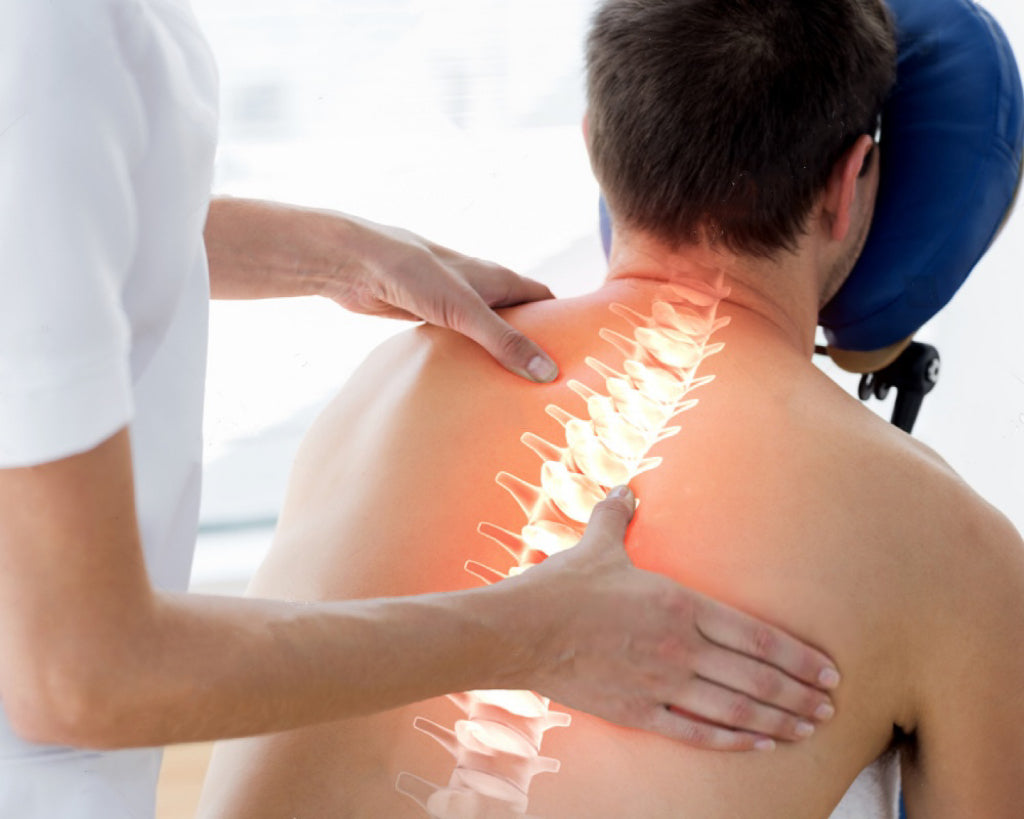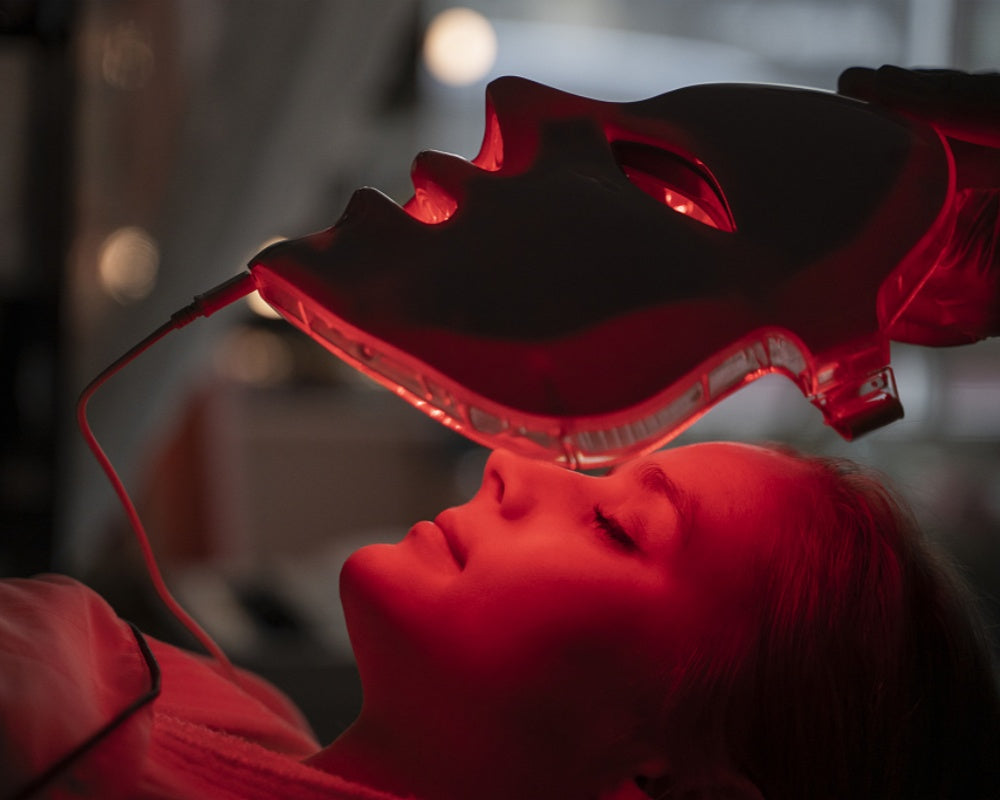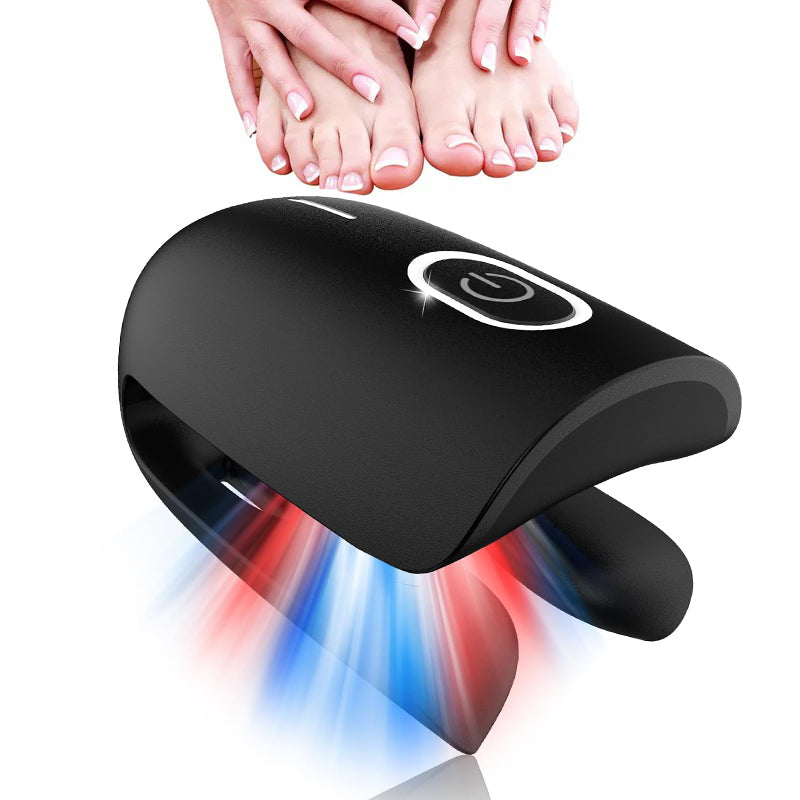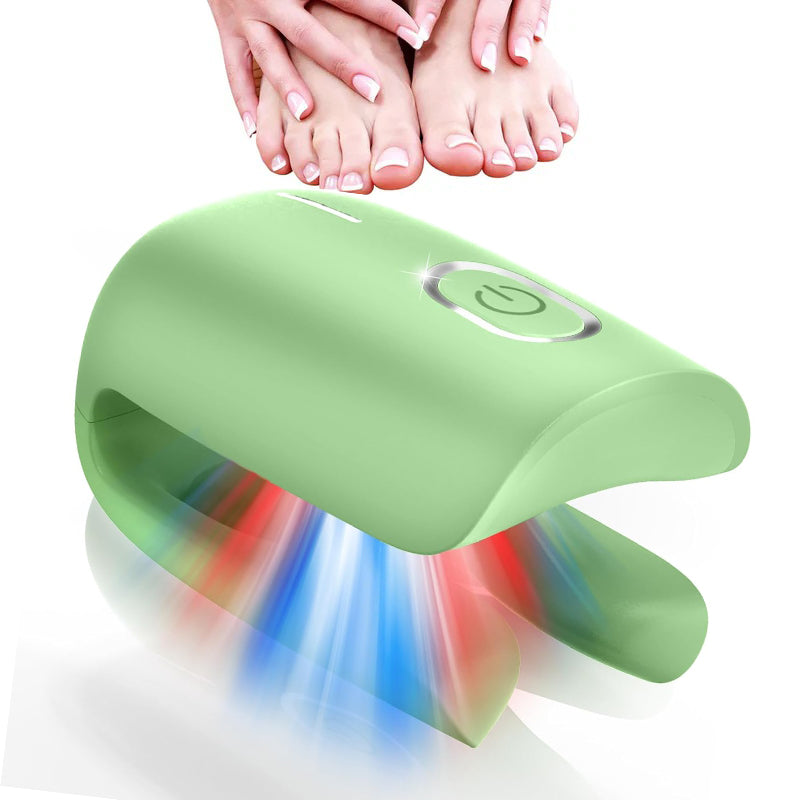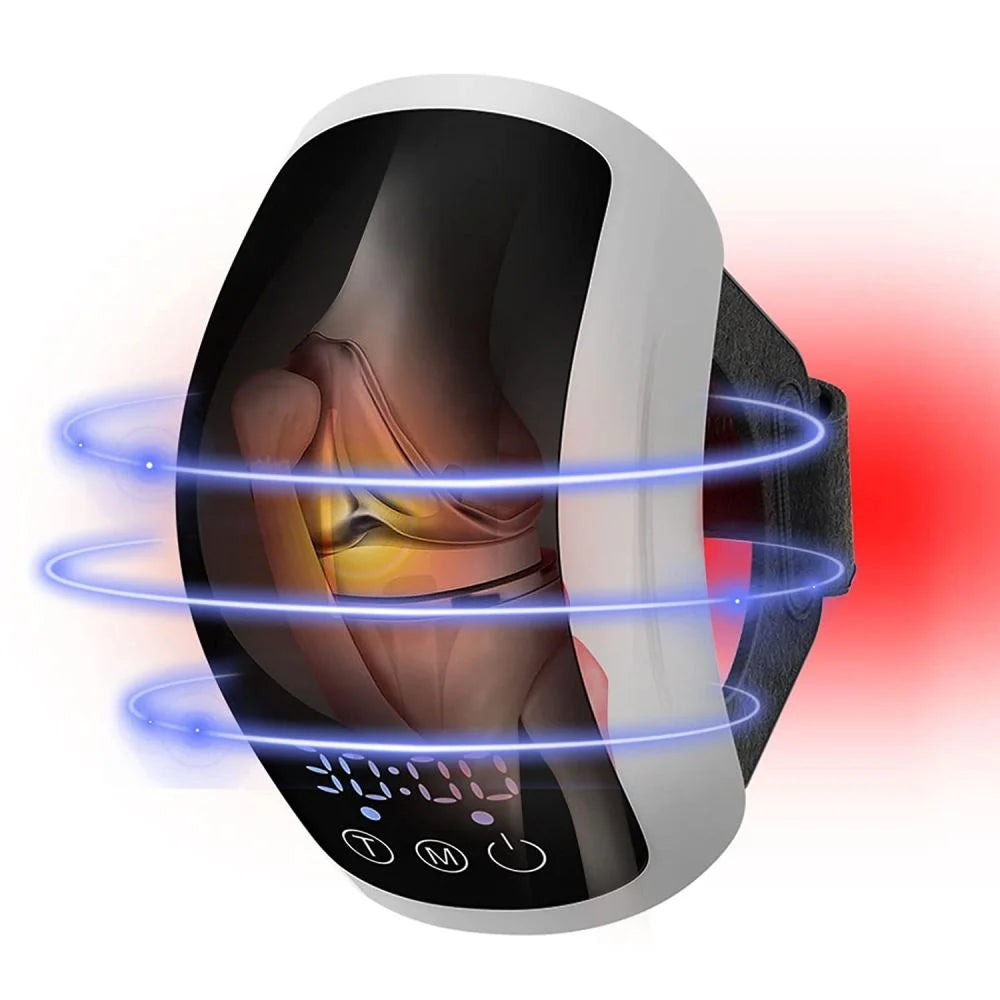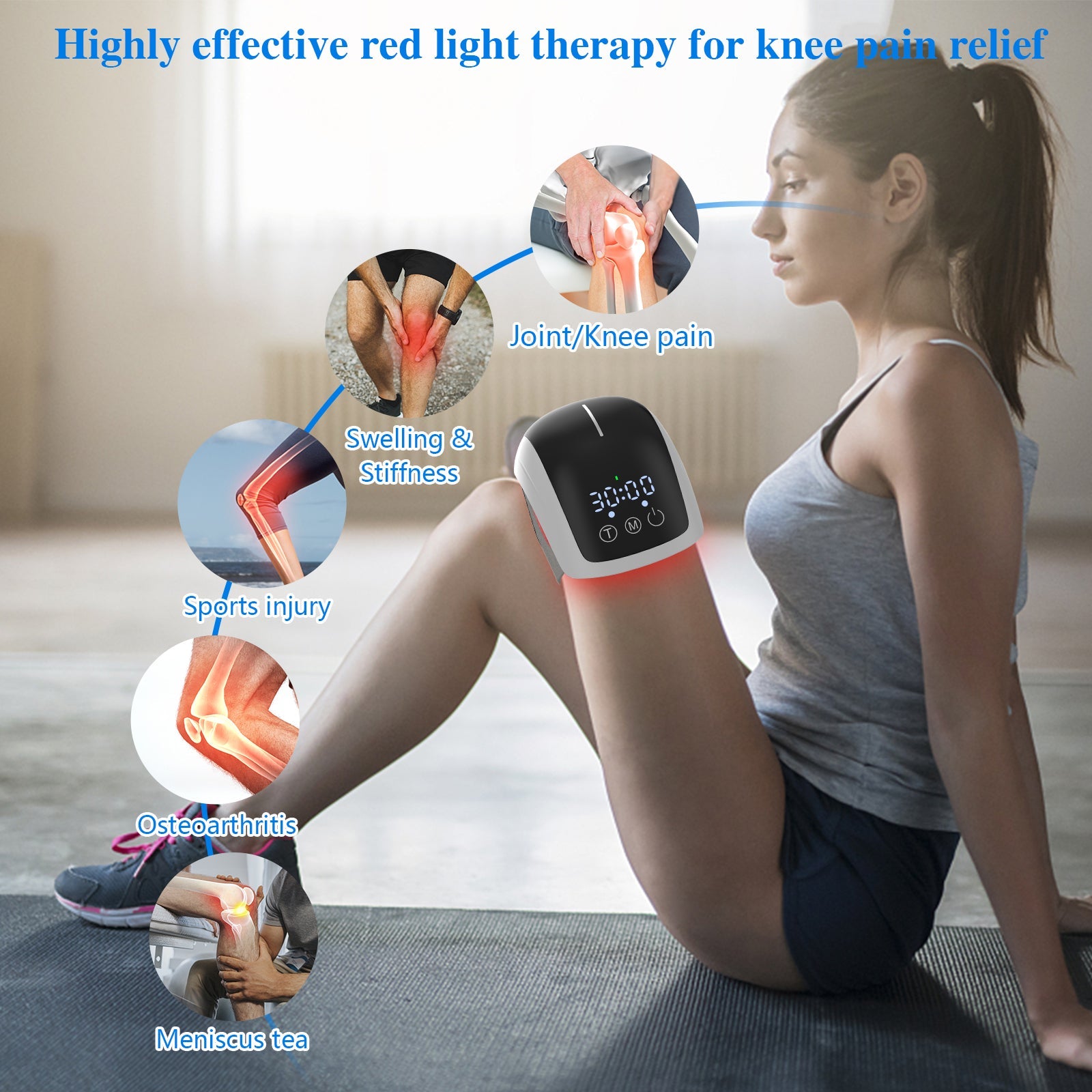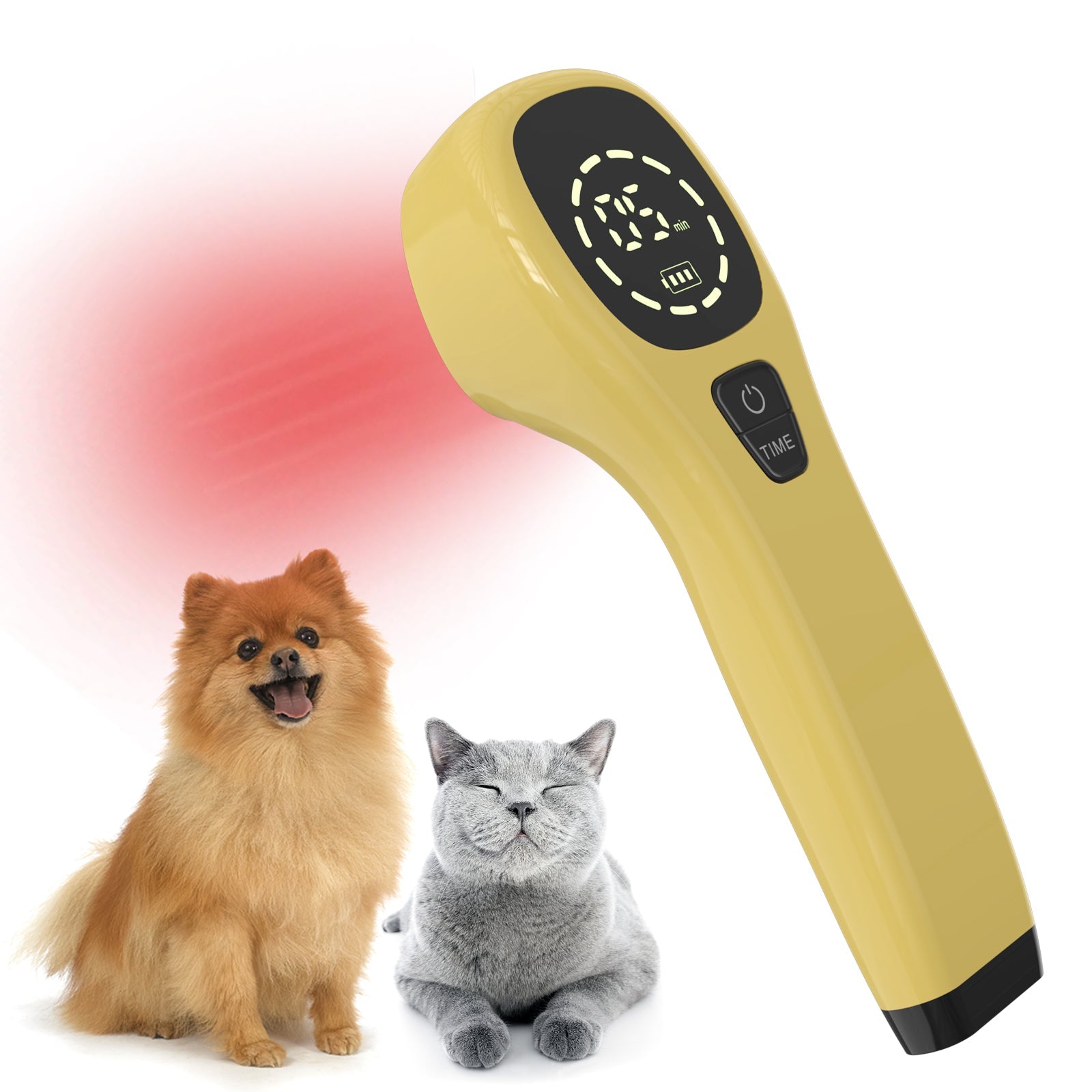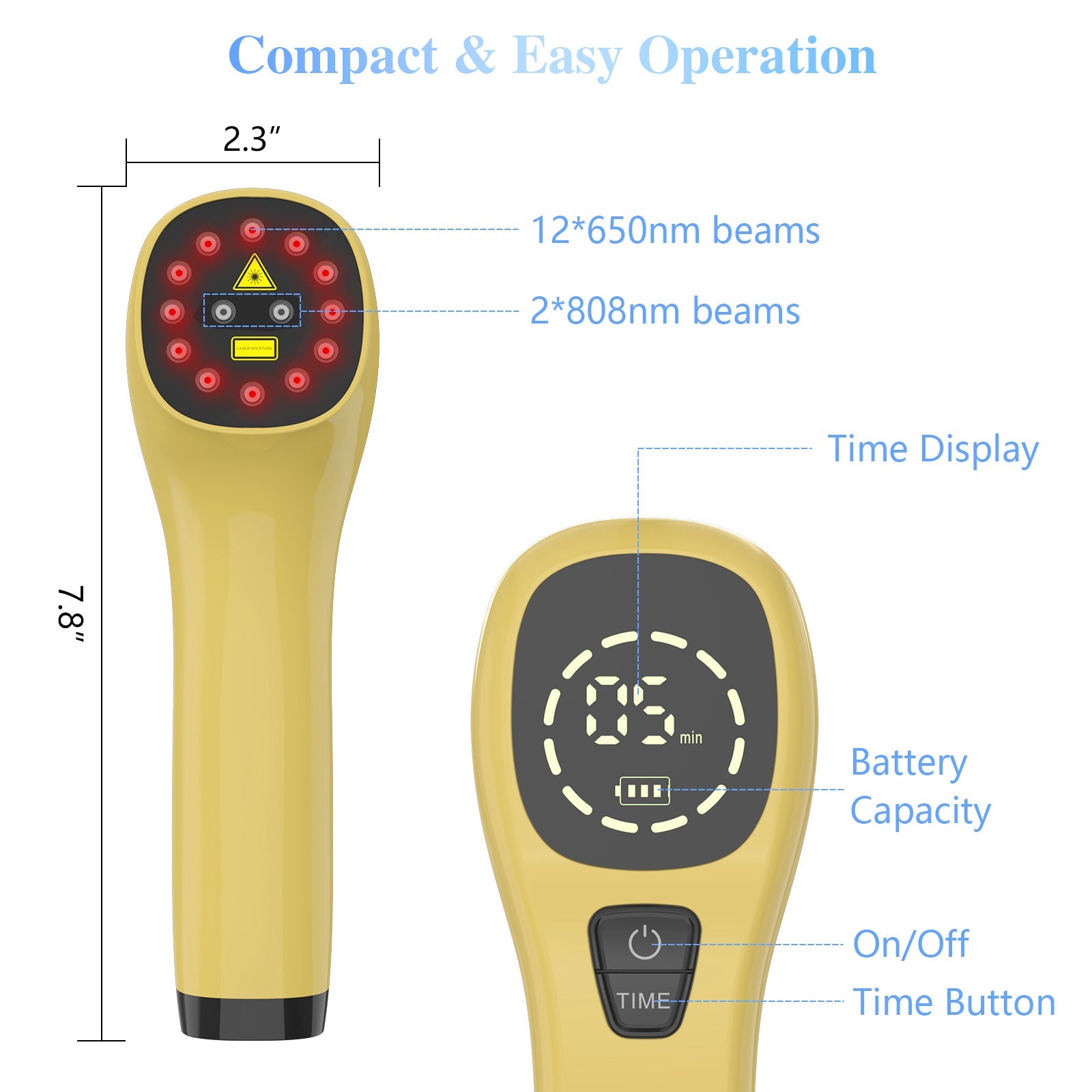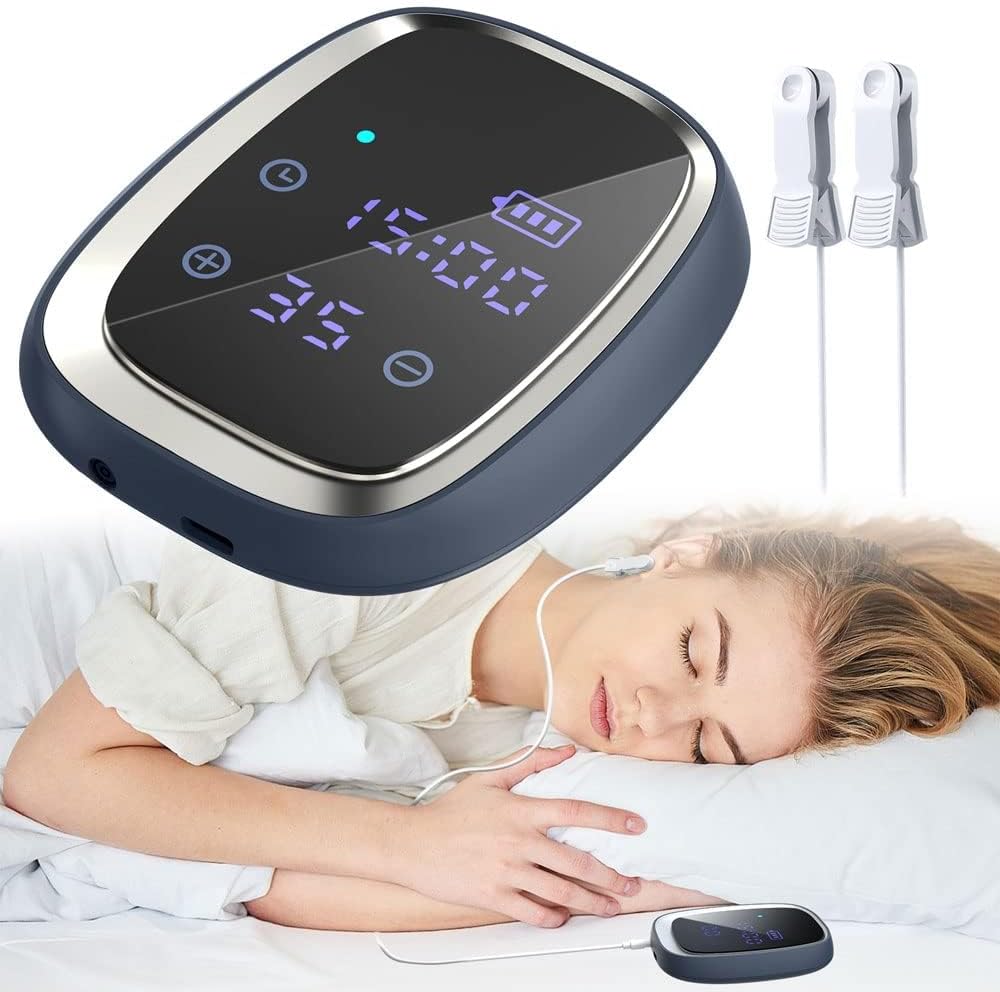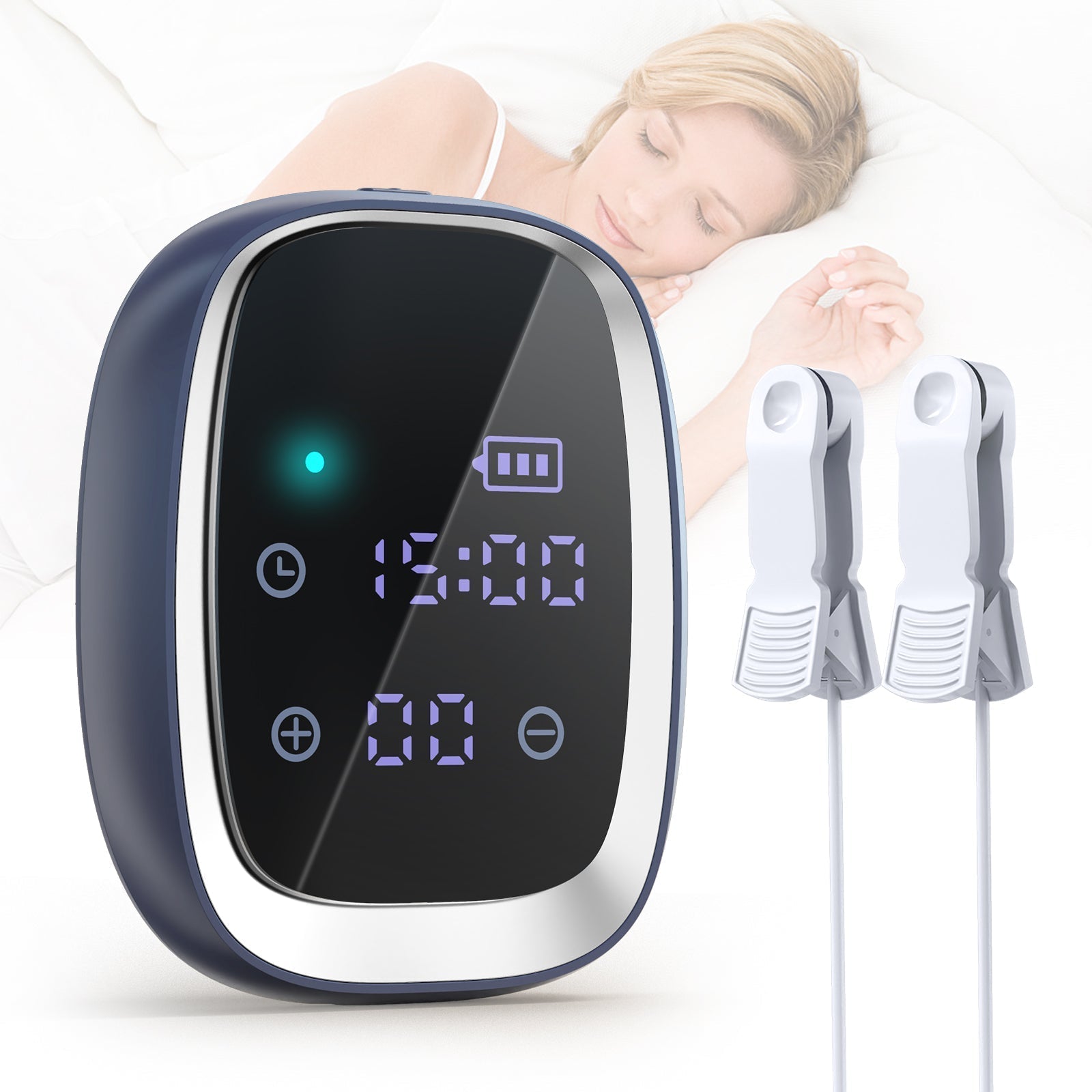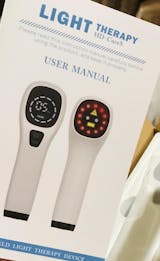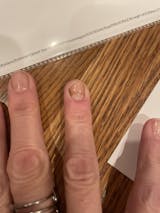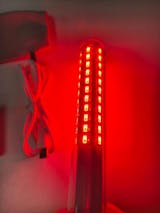- Understanding Sun Spots
- Causes of Sun Spots
Sun spots occur mainly due to the sun's ultraviolet (UV) radiation, which prompts the skin to produce more melanin. Melanin provides skin color, but excessive production can result in the formation of dark patches.
- Impact of Sun Spots on Skin
Aside from being aesthetically displeasing, sun spots can also indicate sun damage and increase the risk of skin cancer. So, it's really important to deal with them quickly and well.
- Red Light Therapy Explained
- What is Red Light Therapy?
Red light therapy, also called photobiomodulation (PBM) or low-level light therapy (LLLT), is a gentle treatment using particular light wavelengths to encourage healing and revitalization within the body's cells without any invasive measures.
- How Does Red Light Therapy Work?
When red light is applied to the skin, it reaches deep into the dermis, prompting the production of collagen and elastin. These proteins are crucial for maintaining the firmness and elasticity of the skin.
- Efficacy of Red Light Therapy
- Studies on Red Light Therapy
Many studies have shown that red light therapy is effective in treating different skin issues such as acne, wrinkles, and sun damage. Research has shown that it can improve skin tone, texture, and overall appearance.
- Benefits of Red Light Therapy for Skin
In addition to promoting collagen production, red light therapy also enhances blood circulation, reduces inflammation, and accelerates the skin's healing process. These effects can help diminish the appearance of sun spots and other pigmentation irregularities.
- Can Red Light Therapy Reduce Sun Spots?
- Mechanism of Red Light Therapy on Sun Spots
Red light therapy works by focusing on melanocytes, the cells that make melanin. It helps these cells work better, which can fade sun spots gradually by reducing too much melanin.
- Clinical Evidence and Research Findings
Several clinical studies have investigated the use of red light therapy for treating sun spots, with promising results. Patients have reported significant improvements in pigmentation and overall skin tone after undergoing red light therapy treatments.
- Factors Influencing Red Light Therapy's Effectiveness
- Treatment Frequency
The treatment frequency of red light therapy can vary depending on the severity of the sun spots and individual skin type. Most experts recommend starting with several sessions per week and gradually reducing the frequency as the desired results are achieved.
- Duration of Treatment
The duration of each red light therapy session typically ranges from 15 to 25 minutes, depending on the area being treated. Consistency is key, so it's essential to stick to a regular treatment schedule to maximize the benefits.
- Wavelength and Intensity
The effectiveness of red light therapy can also depend on the type and strength of the light used. Various kinds of light can go into the skin at different levels, so it's important to choose the right one for treating sun spots well.
- Using Red Light Therapy for Sun Spots
- At-Home Devices vs. Professional Treatment
While professional red light therapy treatments are available at dermatology clinics and med-spas, there are also convenient at-home devices that provide the benefits of red light therapy in the comfort of your own home. At-home devices are convenient and cost-effective, but professional treatments may offer more precise results.
- Recommended Usage Guidelines
Regardless of whether you choose at-home or professional red light therapy, it's crucial to adhere to the recommended usage guidelines for safety and effectiveness. Start with brief sessions and gradually lengthen them as your skin acclimates to the treatment.
- Combination Therapies
- Boosting the Impact of Red Light Therapy
For better results, you can combine red light therapy with other skincare treatments. These extra treatments can make your skin feel smoother and look more even, while also helping to fade sun spots.
- Other Treatments for Sun Spots
In addition to red light therapy, there are various other treatments available for reducing sun spots, including laser therapy, cryotherapy, and chemical peels. However, it's important to talk to a skincare expert to find out which treatment is best for you, depending on what you need and like.
- Future Prospects of Red Light Therapy in Skin Care
- Advancements in Technology
As technology gets better, we'll likely see more advanced red light therapy devices. These could have cool features like being able to change the light's color, aiming the light more precisely, and making it easier to use.
- Potential Developments
In the future, red light therapy may also be combined with other emerging technologies, such as artificial intelligence and nanotechnology, to further optimize treatment outcomes. These new ideas could change how we take care of our skin, making it better at reducing sun spots and keeping our skin healthy overall.
- Conclusion
In conclusion, red light therapy offers a promising solution for reducing sun spots and enhancing overall skin health. By targeting the underlying causes of hyperpigmentation and promoting collagen production, red light therapy provides a non-invasive and effective approach to improving skin tone and texture. With its proven efficacy, minimal side effects, and versatility, red light therapy stands as a valuable tool in the skincare arsenal, offering hope to those seeking to achieve smoother, more radiant skin.
- FAQs (Frequently Asked Questions)
- Is red light therapy suitable for all skin types?
Red light therapy is usually safe for all skin types, but if you have certain medical conditions or sensitive skin, it's best to check with a doctor before trying it.
- How long does it take to see results from red light therapy for sun spots?
It can differ for each person. Some may see changes after a few sessions, while others might need weeks or even months of regular treatment.
- Is red light therapy risky?
Even though red light therapy is generally safe, there are a few things to watch out for. Sometimes, your skin might get a little red, irritated, or dry after the treatment. But usually, these problems aren't serious and go away by themselves after a while.
- Can I use red light therapy if I have a history of skin cancer?
If you've had skin cancer in the past, it's important to talk to a doctor before trying red light therapy. Even though it's usually safe, it's crucial to make sure it won't cause cancer to come back or affect your ongoing treatment.
- How many times should I do red light therapy for sun spots?
The number of sessions you need can change depending on your skin and what you want to achieve. It's a good idea to talk to a skincare expert to figure out the best plan for you.


